
views
New Delhi: China's players and coaches maintain that their country is dominating world table tennis because their structured coaching system churns out champion after champion.
Winning nine of the 10 titles on offer at the Asian junior championships that concluded here Sunday, the Chinese were clearly too good for the field. For the record, four of the world's top five men and women players are Chinese. They are known to shield their best juniors for the world championships and make them train with the senior team.
"Our secret to success is that we have a very structured and impeccable system in place. We not only cultivate players but equal attention is paid to nurturing the coaches," Lu Sida, coach of the junior team, told IANS.
Around 2,000 professionals play across 22 provinces of China and Lu says the system ensures the best player is picked for the national team.
"Our selection process is very strict. The best player and the coach of every province is called to play in the national academy in Beijing besides other promising talent. Their training is free of cost and all the other expenses are borne by the government."
The reserves sent to compete here were good enough to win a bagful of titles and some of them are ranked very high in the seniors.
To put it in perspective, Zhu Yuling, who won the Under-18 girls crown here, is ranked 24th in the world rankings for seniors. India's highest-ranked women's player Mouma Das is languishing at 215.
Sharath Kamal, India's most popular player and the 2006 Commonwealth Games champion is 74th in the latest rankings while China's Lin Gaoyuan, who competed in the junior event here, is just seven places below him at 81.
Lu thinks one of the main reasons for China staying on top is because the players have an option of taking up coaching if he decides to retire.
"If a player wants to retire then he always has the option of becoming a coach. The coaches are often sent to a university to hone their skills. We believe that if we don't have good coaches then the talent cannot be discovered."
And Lu feels the current problem with Indian table tennis is there are players with "good brains" but they are not guided properly.
"Indians have improved a lot since the last time I saw them playing. They have long arms and good brains but they are not getting the right advice."
Some of the best Chinese players play with pen-hold grip. The current World No. 1 Wang Hao and No. 3 Wang Liqin both hold the bat like a pen but Lu reveals the new crop is preferring the more prevalent shakehand grip.
"There are still some top guys playing pen-hold style but the younger generation is going for the shakehand. It is more balanced, easier for practice whereas the pen-hold needs more running and limits your strokes."
Lin Gaoyuan and Wu Jiaji won the boys doubles final here and both play with different grips.
"It was not a conscious decision to choose the grip. I started playing with a shakehand and stuck to it," said Lin with Lu acting as his interpreter.










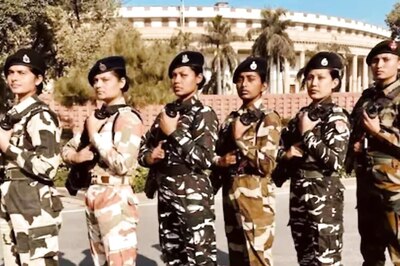


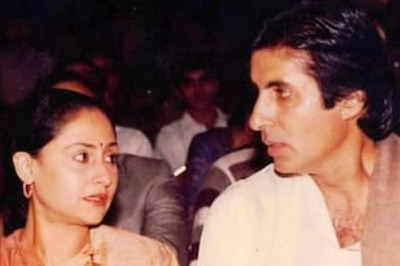
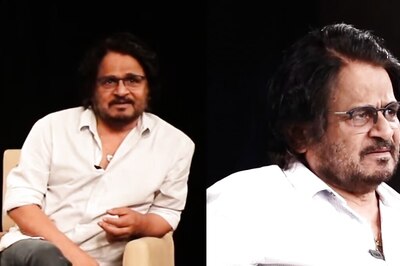
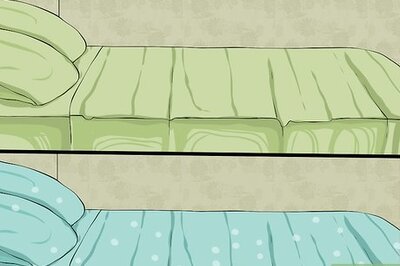



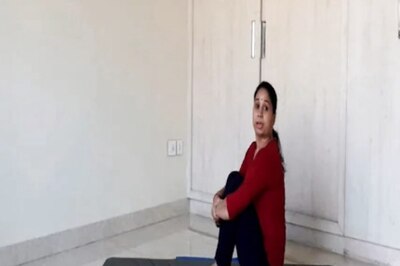
Comments
0 comment